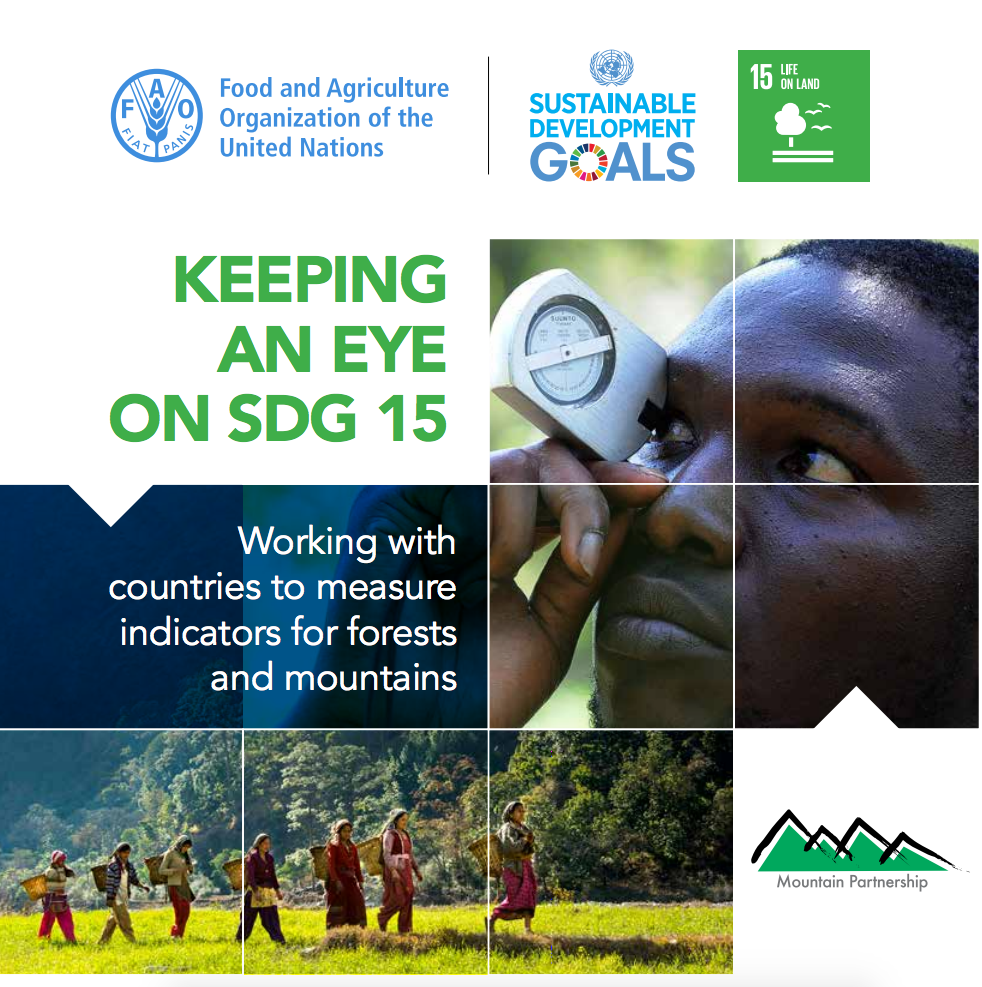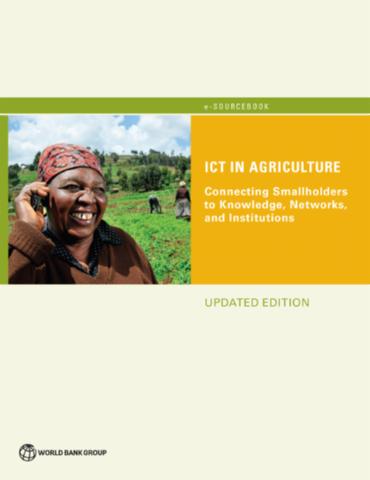How can women and people from vulnerable groups be encouraged to take a more active part in the SLLC process?
This summary of LIFTs Strategy to Effectively Engage Women and Vulnerable Groups During SLLC assesses the engagement of women and vulnerable groups (VGs) during the second level land certification (SLLC) PROCESS and how best to involve women and VGs to ensure their involvement and tenure security..This resource was published in the frame of the Land Investment for Transformation (LIFT) Programme.









